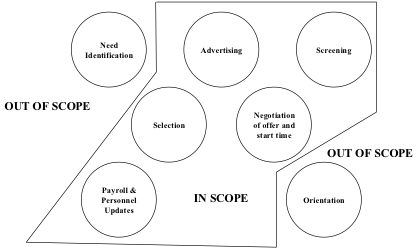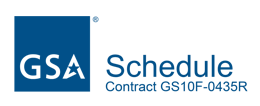Avoiding Scope Creep
By Michael Wilkinson, CMF
Managing Director, Leadership Strategies, Inc.
Don’t you hate it? Your client asks you to take a look at their hiring process. You agree to a fixed price contract in which you would examine their internal procedures, compare them with industry best practices, and create a list of recommendations for their implementation. Before you know it, however, you find yourself reviewing the quality of each job description, examining their employee orientation program, and weighing the merits of outsourcing the entire function – all at the same fixed price!
What happened to the examination of internal procedures for hiring?
What happened is a phenomenon known to many as scope creep. You walk in thinking you are undertaking project A, and before you know it, you’re up to your neck in alligators from projects B and C, which were never discussed.
What can you do to minimize scope creep?
At Leadership Strategies, we recommend three key strategies for significant projects. For large projects you may find all three helpful, while with smaller projects, only one is typically used.
Strategy 1 – Define Scope Thoroughly
To define scope thoroughly, we recommend that you define three elements
- Task List. The task list describes the specific activities you will undertake.
- Deliverables List. The deliverable list identifies the specific items that will be the output from the project.
- The Business Area Diagram. The business area diagram shows pictorially what is in scope and, specifically, what is out of scope.
Sample Business Area Diagram

Strategy 2 – The Scope Triangle
At the beginning of the project, use the scope triangle to explain the nature of scope to a client. In the discussion explain the following points:
- The scope is defined by the resources and time required.
- If scope increases, either the resources or the time will have to increase as well, and perhaps both.
- If either resources or time increases, so does cost, which is the area of the triangle.
When you define scope and the impact of scope creep up front, clients tend to be more sensitive and open to minimizing scope creep where possible.
Strategy 3 – Change Control Process
At the beginning of the project, establish a change control process. Let the client know you will do all you can to keep costs in line with the project objectives. However, establish up front the process and identify the lines of authority for approving change requests. Having a formal process allows you to easily indicate when scope appears to be creeping out beyond its bounds.
You will find these and other tips in our class, The Facilitative Consultant. Click here for more information.
Michael Wilkinson is the Managing Director of Leadership Strategies – The Facilitation Company, and a much sought after trainer, facilitator and speaker. Prior to Leadership Strategies, he spent eight years with Ernst & Young’s Management Consulting Group. You will be able to get more tips from Michael in his soon to be released book, The Secrets of Facilitation, available November, 2004.

